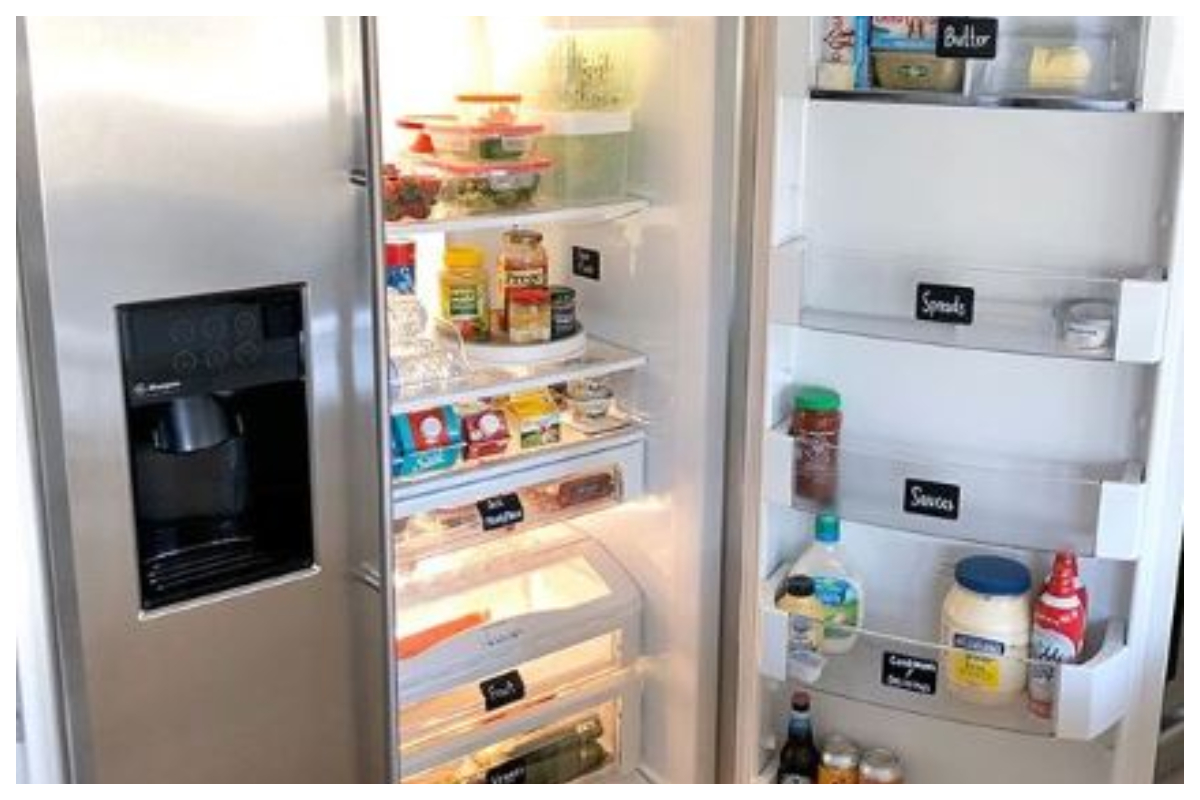Refrigerator is an electronic device to store food safely and protect it from build-up of food-poisoning bacteria. Refrigerator increases the shelf life of foods when set at a temperature five degree Celsius or below. The temperature of freezer should be below minus 15 degree Celsius. Food-poisoning bacteria grow and multiply fastest at the temperature between five degree Celsius and above. Besides keeping your refrigerator at a specified temperature below five degree Celsius, it is equally important to clean it regularly to avoid safety risks. A clean refrigerator guarantees your health and safety by keeping the foods safe inside it.
A refrigerator should be deeply cleaned and sanitised at least twice a year. It may not exactly be your favourite job around the house. But it is extremely important for your health to keep it hygienic and germ-free.
Reasons to keep your refrigerator clean
Spills and bits of foods in your fridge are a haven for food-poisoning bacteria. There is always a risk of food containers and even your hands becoming contaminated with this bacteria. The bacteria can infect the food in the fridge. It can infect you, your family and your friends too who all are consuming foods stored in a dirty fridge.
Not keeping your refrigerator clean may eventually cause your fridge to take longer to chill up and chill the food unevenly. It will increase your electricity bills by increasing the cooling times and energy costs.
You can take help of any professional refrigerator cleaning company to get your fridge cleaned and sanitised or you can do it yourself too with some easy tips. These tips help you to get rid of tough stains of spills, drippings and remnants left behind on the shelves and racks of the refrigerator. Follow these 10 easy steps and say bye to dirty fridge:
Turn off the switch and unplug your refrigerator. Take out all the containers of foods, water bottles, milk container and everything out of your fridge and make it empty.
Take out all the shelves, fruit and vegetable baskets, chiller tray, door racks and any other item that can be pulled out from the refrigerator.
Clean all these removable parts of the fridge with a liquid dish detergent and hot water. If there are some tough stains, do not scrub hard. Sprinkle little baking soda on such stains and leave for two to three minutes. Then wipe them with a wet rag. Let all these removable shelves and racks air dry.
Now make a solution mixing one glass of white vinegar and one glass of warm water. Dip a clean rag in this solution and wring it properly to avoid dripping. Wipe off the entire interior and exterior of the refrigerator with this rag. Rinse it in the vinegar-water solution frequently and then wring it to use again. When this solution becomes dirty, discard it and make new solution with the same method – mixing white vinegar and warm water in equal quantities. Clean the freezer, doors, door handles, inside as well as outside body and every minute part of the fridge with this solution.
If there are some hard stains on the interior or exterior of fridge, sprinkle some baking soda on them and leave for few minutes. Wipe off with a wet cloth.
After wiping off the fridge with white vinegar solution, it has to be sanitised with unscented chlorine bleach. Make a solution mixing one Tablespoon of liquid bleach in one gallon of water to sanitise the fridge. Dip a clean rag in this solution and wring it well. Wipe off the whole fridge with this rag inside-out to sanitise it.
Let the fridge air dry. Keep the door open for 30 minutes and turn on the fan.
Put the shelves, baskets, racks and trays back in their place in the fridge after it dries.
Close the door and plug the refrigerator back. Turn it on and let the fridge cool for an hour on a desired temperature that you have reset while plugging in the fridge. The temperature of the fridge should be five degree Celsius or below and the temperature of the freezer should be below minus 15 degree Celsius.
Keep the food containers back in the shelves which you took out at the time of unplugging the fridge.
Do not neglect your refrigerator’s cleanliness and sanitisation. Besides this deep cleaning process, wiping off your refrigerator inside-out with a clean damp cloth should be a part of weekly housekeeping routine.
You can help prevent food-borne illnesses by keeping your fridge clean.











